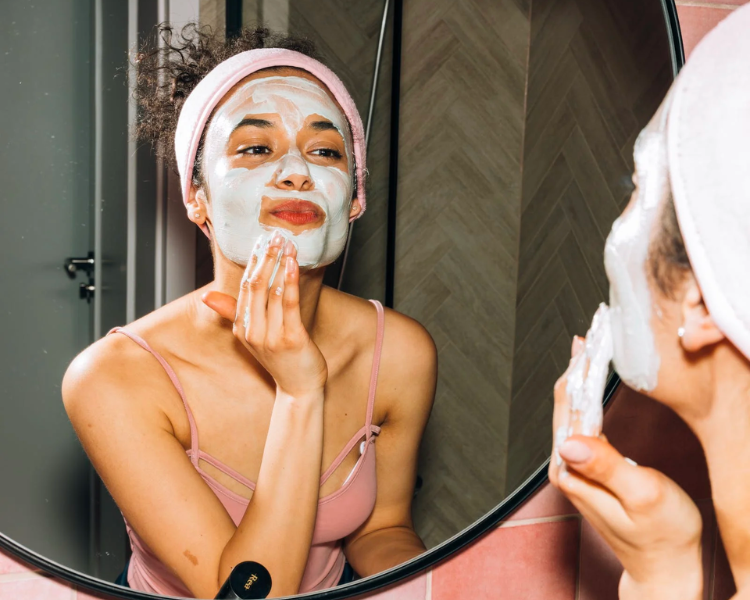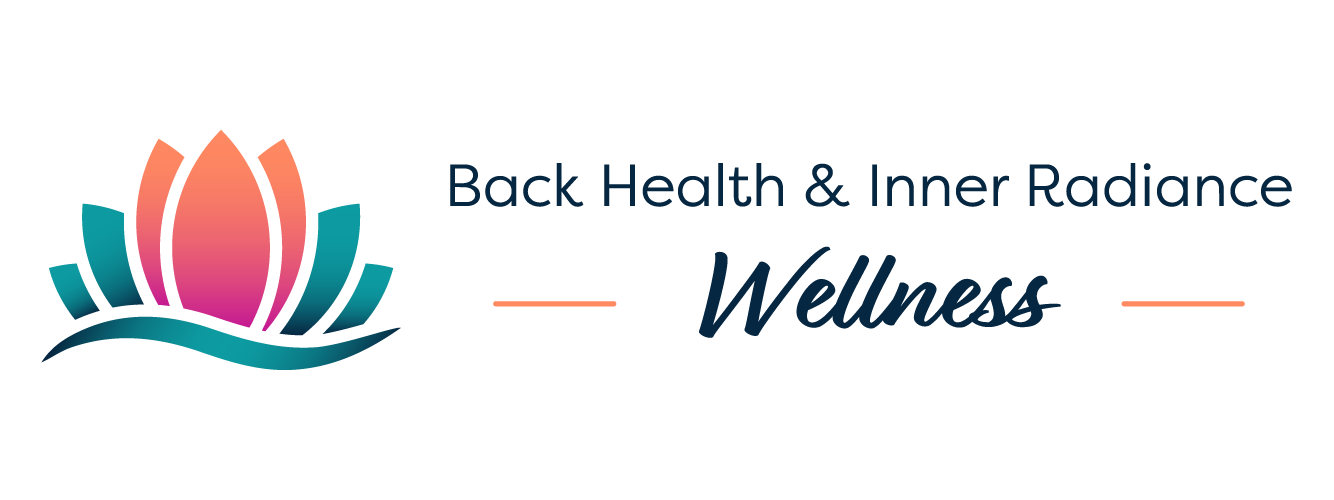
It’s never too late to take care of your skin.
Elaborate skincare routines are trending, but doing a ten-step routine isn’t practical or budget-friendly for many.
Thankfully, whole-body health is a part of skincare. It includes water intake, diet, positive sleeping habits, and stress management. So if you’re great at taking care of yourself in some or all of those areas, you are already taking care of your skin in an important way.
A few minutes of skincare every day can make a huge difference and enhance your natural beauty. It’s never too late to begin a skincare routine that works for your skin and lifestyle.
How is skincare natural beauty if I’m applying products to my face?
Skincare products are designed to support the health and well-being of the skin. They can provide nourishment, hydration, and protection and address specific skin concerns. By using skincare products, you are not altering your natural features but rather caring for and enhancing the health and appearance of your skin.
Natural beauty is not about conforming to a specific look or standard. It celebrates and embraces the uniqueness and diversity of individuals. Skincare can be a way to honor and care for your skin’s specific needs, allowing your natural beauty to shine through and thrive.
How do you get in the right mindset to do your skincare?
Allow yourself to be bad at skincare and make it an exercise in self-compassion. When you miss your morning or evening skincare routine, say, “I missed one routine today, but I’ll try to do both tomorrow.”
Skincare is a journey that takes time, so be patient with yourself and embrace the learning process. With self-compassion and a positive mindset, you can cultivate a healthier and more enjoyable skincare routine.
Here’s a list of more ways you can get in the right mindset to do skincare:
- Create a ritual: Make it into your self-care ritual and set aside time for it. Incorporate it into your morning and evening routine so it can be a part of waking up and winding down.
- Set the mood: Light some soy candles, dim the lights, and put some relaxing music on to set the ambiance for your morning and evening cleanse.
- Practice mindfulness: Instead of rushing through your skincare routine, engage with each step and think about the sensation, texture, and scent of the products you’re using.
- Give it time! Skincare takes time to work. Give it at least six weeks to fully take effect, but be compassionate with yourself if you miss a day or two.
Now let’s get down to a basic skincare routine.
Three basic skincare steps
- Cleanser
- Moisturizer
- Sunscreen
Wash your face twice a day, in the morning and at night.
To help you find the right products, it’s important to ask yourself….
What is my skin type?
Oily – If your skin becomes shiny throughout the day and is oily to the touch, especially in your T-zone (forehead, nose, and chin), you likely have oily skin.
Combination – If your skin is neither oily nor dry or only becomes oily in your T zones and dry on your cheeks or other areas, it’s likely a combination skin type. Most people have combination skin types.
Dry – If your skin becomes dull, flakey, and rough throughout the day, it’s likely dry.
Sensitive – Sensitive skin can be oily, combination, or dry. It’s known to be sensitive to external irritants such as synthetic chemicals, fragrances, dyes, etc.
Normal – Normal skin is balanced meaning it’s neither oily or dry.
How do I find out my skin type?
Wash and Wait Test
Cleanse your face, pat dry, then wait 1 hour.
- If your skin appears shiny all over, you likely have oily skin.
- If it feels tight and flaky, you likely have dry skin.
- If there’s shine is only in your T-zone, you probably have combination skin.
- If your skin feels hydrated and comfortable but not oily, you likely have normal skin.
Once you discover your skin type, you can pick the right cleanser.
Cleanser
Cleansers help remove dirt, oil, and natural pollutants that build up on your skin throughout the day. Cleansing prepares your face for other skincare products without stripping away natural oils.
There are various cleansers you can use depending on your skin type.
Gel Cleansers – Gel cleansers are water-based and are great for oily and combination skin types.
Foaming Cleanser – Foaming cleansers are great for oily and acne-prone skin. They can provide a deep cleanse but can be drying for those with sensitive skin.
Oil Cleanser – Oil cleansers are great for any skin type and ideal for removing makeup.
Cream Cleansers – Cream cleansers are thicker and more gentle on the skin. They are suitable for mature, dry, and sensitive skin types as they help to nourish and moisturize while cleansing the skin.
Micellar Water – Micellar water is a gentle cleansing water that contains micelles—tiny oil molecules suspended in soft water. It effectively removes dirt, oil, and makeup without rinsing. Micellar water is suitable for all skin types, including sensitive skin, as it is non-irritating and doesn’t require water to rinse off.
Moisturizer
The best moisturizers will hydrate and retain moisture in your skin. Moisturizers form a protective barrier on your skin that keeps moisture locked in. In moisturizers, natural ingredients like aloe and oat extract can help alleviate irritation, redness, and inflammation.
Creams – this is the most popular type of moisturizer and can provide rich hydration.
Lotions – lotions have a lighter texture and work well with slightly dry or combination skin. They have higher water content and are absorbed quickly into the skin.
Serums – Serums like hyaluronic acid are lightweight and highly concentrated. They deliver active ingredients directly into the skin.
Tinted moisturizer – Tinted moisturizer is a 2-in-1 formula that can moisturize and even skin tone. There are a variety of tones to choose from, so you can match the tint with the color of your skin.
Sunscreen
Sunscreen is essential in protecting your skin from UVA and UVB rays that can cause sunburn and skin cancer. Sunscreen can also prevent your skin from drying out and forming fine lines. American Academy of Dermatology Association (AADA) recommends using sunscreen with SPF 30.
More steps you can add to your skincare routine.
Daily Skincare Additions
Toner – regulates PH levels on your skin
Serums – highly concentrated and come in a variety of different active ingredients
Eye Cream – the skin around the eye is thinner and more sensitive, so regular skincare products may be too abrasive. There are many different types of eye creams out there.
Lip Care – Your lips are sensitive to maturing and you can use scrubs, chapstick, and other solutions to keep them hydrated.
Spot Treatments – there are spot treatments for acne and other blemishes
Weekly Skincare Additions
Exfoliation – exfoliation can be done 1-2 times a week using specific products for exfoliation.
Face masks – Face masks can be an excellent at-home solution for treating skin for a long time.
Monthly Skincare Additions
Facials – Regular facials help cleanse, exfoliate, and nourish the skin. These can be customized based on your skin type and concerns, using techniques like steam, extractions, masks, and massage to rejuvenate your complexion.
Chemical peel – A chemical peel involves applying a solution to the skin to remove dead cells and stimulate new cell growth. Estheticians can recommend the appropriate peel strength and duration based on your skin’s needs, helping to address concerns like acne, pigmentation, fine lines, and uneven texture.
Microdermabrasion – this treatment involves gently exfoliating the skin with a diamond-tipped wand or a stream of fine crystals. It helps improve skin tone, texture, and the appearance of fine lines, acne scars, and sun damage.
Dermaplaning – Dermaplaning uses a sterile blade to exfoliate the skin and remove vellus hair (peach fuzz). It helps enhance product penetration, smooth the skin’s surface, and promote a brighter complexion.
More skincare tips
- Apply your skincare thinnest to thickest after cleansers. For example, Toner, Serum, Moisturizer, Eye crea/spot treatments, then Sunscreen.
- Give each skincare product at least one minute to completely soak in before applying the next.
- Your neck matures faster than your face, so don’t forget to cleanse, moisturize, and protect your neck during your skincare routine.
- To get a deeper cleansing experience, you can use a cleansing brush. Avoid overcleansing because that can cause skin sensitivity.
- Some serums like niacinamide, ascorbic acid, and retinol can cause sun sensitivity, so after applying, diligently apply sunscreen if you’re going to be outside and opt for a hat, too.
Skincare is a journey that offers a chance to embrace natural beauty and celebrate our unique individual features. The right mindset, understanding of your skin type, and an optimized skincare routine with carefully selected products can create a path to healthier, more vibrant skin.
Starting with the three basic steps – cleansing, moisturizing, and applying sunscreen – and gradually incorporating additional treatments can help you to nourish, protect, and enhance your skin effectively. Remember, skincare is a self-care practice that connects body, mind, and soul.
Whether you’re just beginning or refining your routine, it’s never too late to take care of your skin. Your dedication to skincare not only enhances your natural beauty but also adds to your overall well-being and confidence. So, embrace the journey and let your skin radiate with health and vitality.
